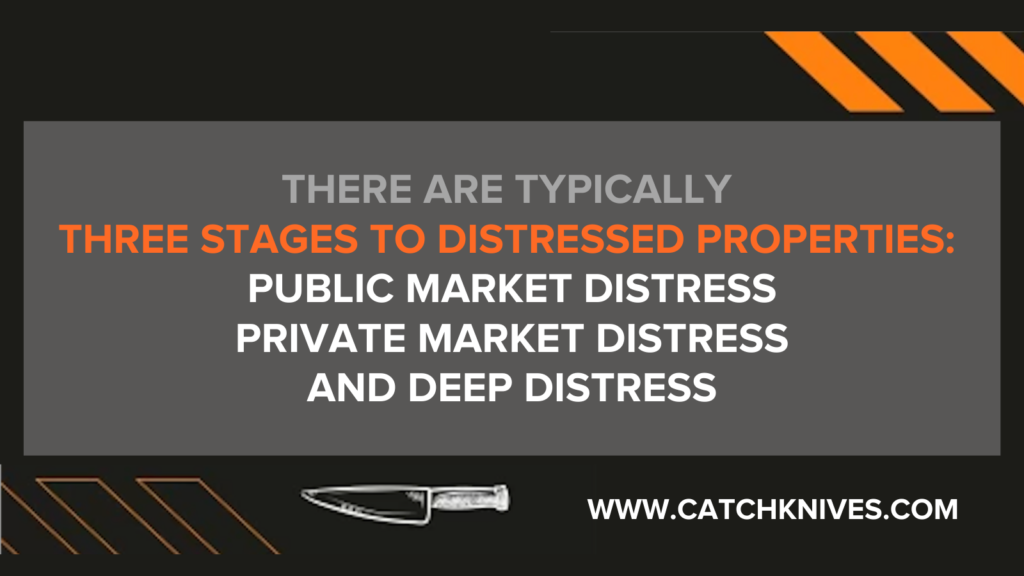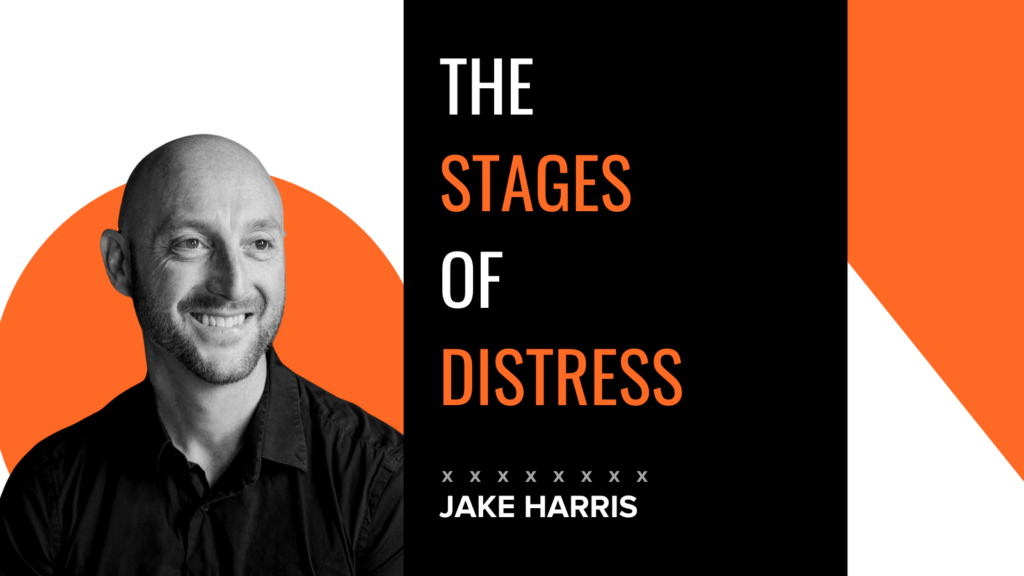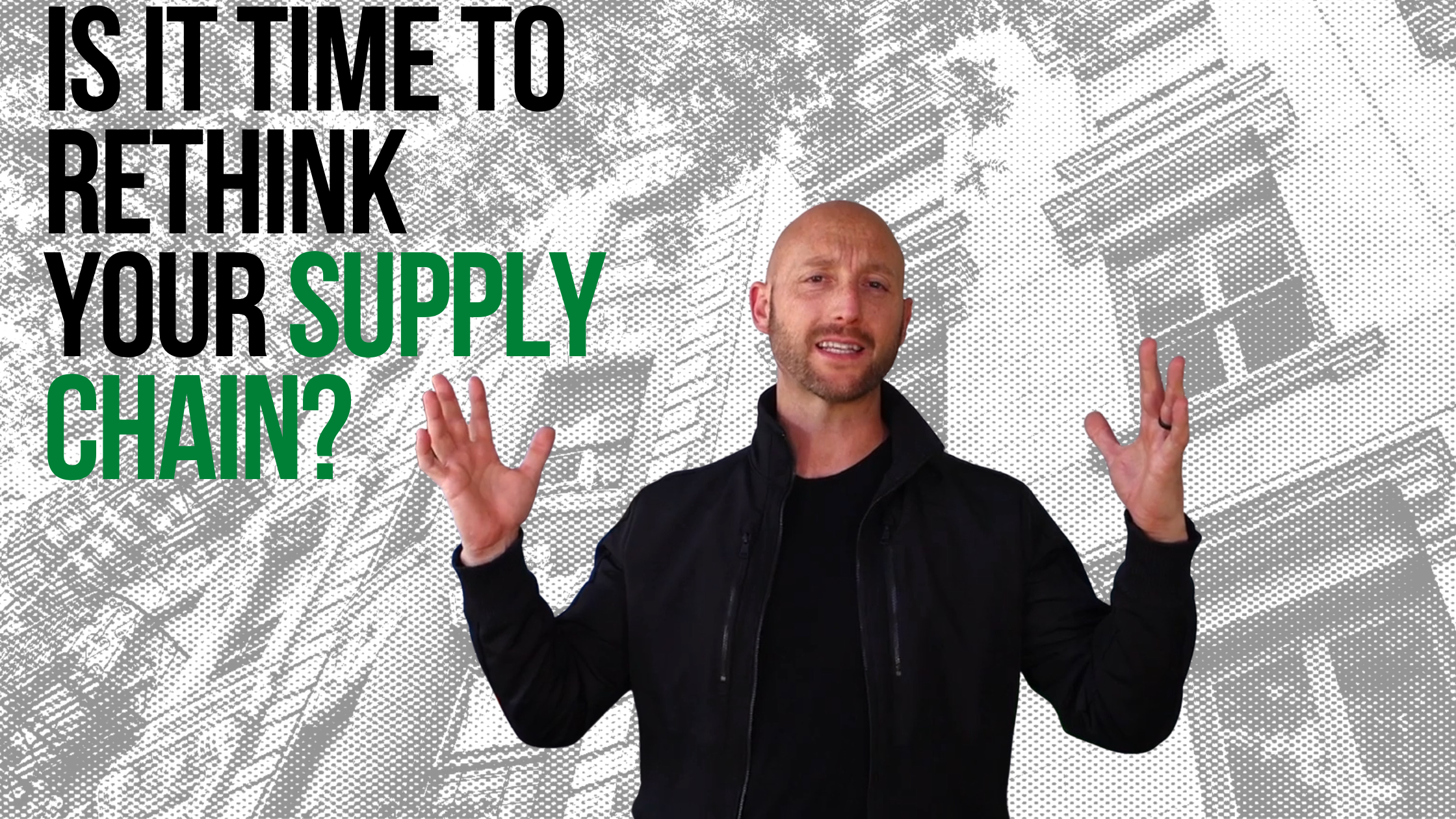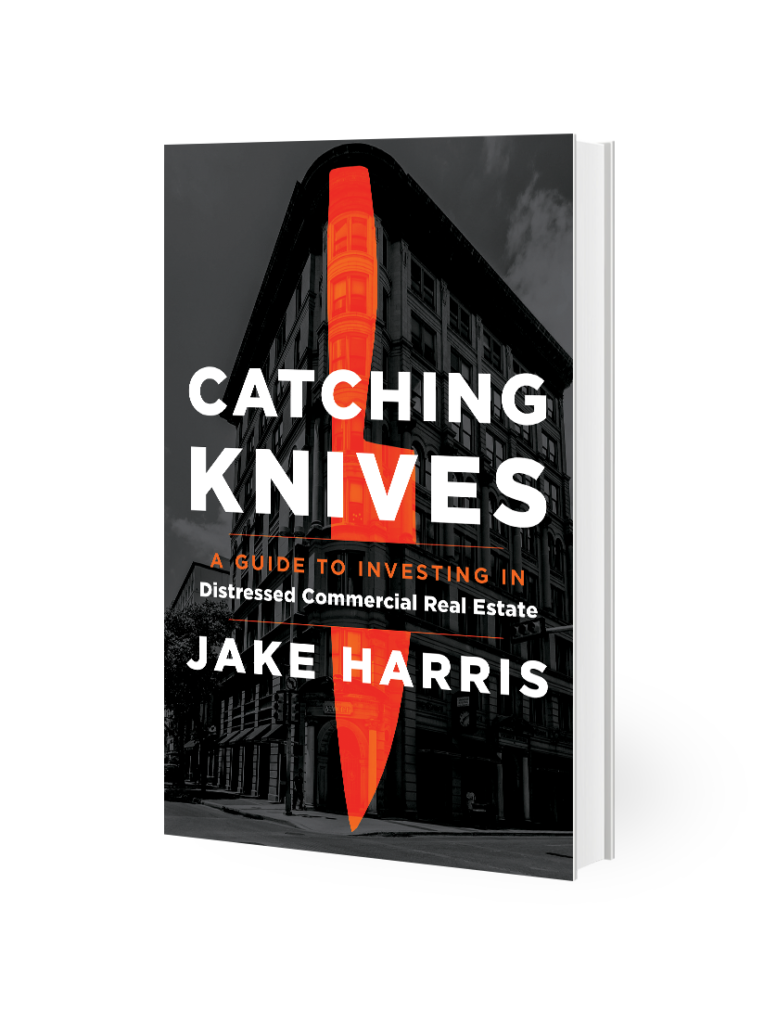A property doesn’t have to go fully into foreclosure to be impacted by distress.
Different stages of distress put different pressures on properties and their owners, and by understanding them, you’ll know the signals of a good deal in the making.
There are typically three stages to distressed properties: public market distress, private market distress, and deep distress.
If you know what to look for in each of these stages, you can be poised to act at exactly the right moment—when the property owner wants to sell but hasn’t yet defaulted on their mortgage.
PUBLIC MARKET DISTRESS
The first signs of distress, the hint of an impending recession, tend to start in the public market. When this begins, you see real estate investment trusts (REITs) and stock valuations slow down or start to decline. As soon as the market slows down, lenders quickly halt lending, too.
During this stage, you can expect margin calls to happen behind the scenes (remember what happened to my margin- called lender? This is exactly what happened), which can trigger opportunities for deals that can’t get financing. For example, in the 2008 subprime meltdown, investment firms such as Bear Stearns and Lehman Brothers began getting margin calls when their accounts ran out of money, and they went bankrupt. It all began with subdued, but not necessarily secret, turmoil in the public market.
If you notice this turmoil before it escalates, you can prepare to act quickly when distress drives discounts in property prices.
PRIVATE MARKET DISTRESS
Once the market distress worsens, it will start affecting the private markets. Property owners and institutional investors will begin taking proactive steps to limit their losses by pruning their portfolios. They can see capital calls and other potential problems coming down the pipeline and adjust their behavior accordingly. They’re trying to avoid foreclosure, even if it means losing some underperforming properties now. (See “Case Study: Hotel Nightmare or Dream?” in Chapter 5.)
How the private market reacts will, of course, depend on the nature of the recession. Which assets are impacted—houses, hospitality, office buildings? You want to understand how the recession is starting so you can also predict its trajectory. For example, the COVID-19 pandemic locked down the hospitality industry, which caused ripple effects in surrounding businesses. If a convention center closed, the restaurants and shops around it lost business, too, even if they remained open.
Many businesses file for bankruptcy during this stage, which means an incoming flood of properties coming onto the market.

DEEP DISTRESS
Last, we have the third stage, deep distress. With deep distress, something has happened to significantly change the market. Tenant demand may have decreased, a major company or industry could have moved out of an area (like what transpired in Detroit), a pandemic shut down the economy, or some other event occurred that triggered a deeper recession.
In this stage, properties start going through the foreclosure process, which means as a commercial real estate investor, you can find the most deeply discounted deals. However, as I said, you don’t have to wait until deep distress to find great deals. As investors prune their portfolios, you can buy discounted properties in the earlier stages, too.
To be truly successful in real estate, you need to be proactive, not passive.
Adopt an entrepreneurial hunger and go after the best deals you can make. Rarely are those the ones listed in the public forum that everyone can access; they’ll be the deals you hunted down and negotiated yourself.
Keep in mind that your competition has the same widely available information as you, so to get ahead of them, you need to dig up data they haven’t found. Scour your market, connect with owners, understand why their property is in distress, and then offer them a way out.
Don’t forget to snag a copy of my new book Catching Knives.
Packed with practical advice and personal anecdotes, this is your guidebook for embracing the next economic downturn and navigating the risk of distressed investing. With the right strategy, you can be one of the few who lean into hard times, make the most of them, and take advantage of once-in-a-generation opportunities.
Follow Along:
Instagram: @Jake.RealEstate
LinkedIn: Jake Harris












